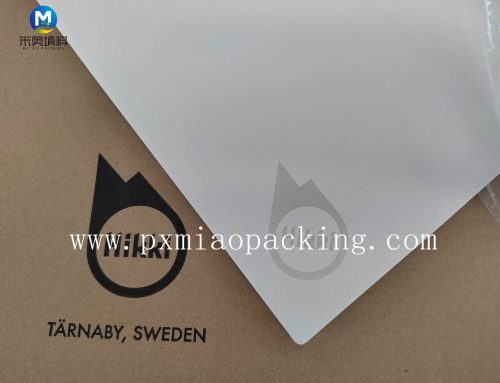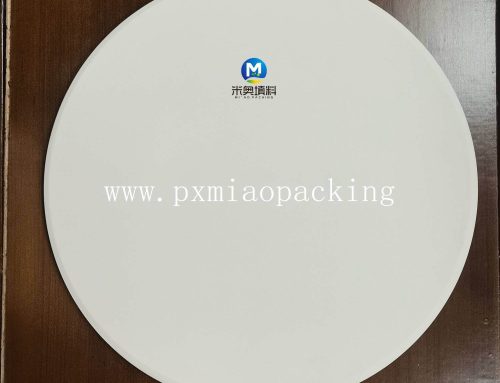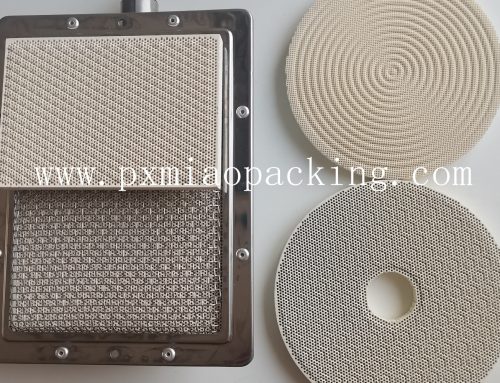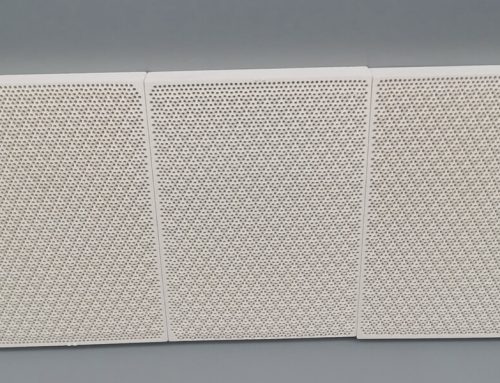Perforated ceramic ball’s main materials are industrial alumina and GaoLin clay. It is formed through shaping, holing, high temperature calcination
Perforated ceramic ball classification
It has 5 types classified according to the content of AL2O3
Type of Perforated Porcelain Ball
| Material | Al2O3 content / % |
| General ceramic ball | 20~30 |
| Low Alumina ball | 31~45 |
| Media alumina ball | 46~70 |
| High alumina ball | 71~90 |
| Corundum ceramic ball | > 90 |
The number of holes of the perforated ceramic ball can be opened according to the actual use requirement and the size of the ceramic ball.
Normally it includes following four types
1.Single hole perforated ceramic ball
2.Three holes perforated ceramic ball
3.Five holes perforated ceramic ball
4.Seven holes perforated ceramic ball
The General size of the perforated ball as bellow
Dia 10mm Dia 13mm Dia 16mm Dia20mm
Dia25mm Dia30mm Dia38mm Dia50mm
Dia76mm or customized sizes
Industrial Perforated Ceramic Ball
The appearance of the perforated ceramic ball should be a regular ball. The surface quality should be conformed to following Table 1
Table 1 Appearance requirement
| Appearance defect | Features | Scope | Number of permissible defects | |
| Φ ≤10mm | Φ >10mm | |||
| Crack | Crack inside the ceramic ball | 3mm ≤length ≤ 5 mm | Not allow | ≤ 2 |
| length > 5 mm | Not allow | |||
| Spot | Iron points, melting pits and slagging on ceramic ball surface | 1mm ≤size ≤ 2 mm | ≤ 2 | ≤ 3 |
| size> 2 mm | Not allow | |||
| Bubble | The empty bubble on surface | 1mm ≤size ≤ 2 mm | ≤ 2 | ≤ 3 |
| size > 2 mm | Not allow | |||
Dimension tolerance
The dimension tolerance of the perforated ceramic ball should be conformed to following Table 2
Table 2 Dimension tolerance
| Diameter | 10 | 13 | 16 | 20 | 25 | 30 | 38 | 50 | 76 |
| Permissible tolerance | ±1.5mm | ±2.0mm | ±2.5mm | ||||||
| Hole diameter | 2~3mm | 3~5mm | 5~8mm | ||||||
Physical and Chemical Property of the perforated ceramic ball
The physical and chemical properties of the perforated ceramic ball should conform to Table 3
Table 3 Physical and Chemical Property
| Property | Material | |||||
| General ceramic | Low alumina ball | Media alumia ball | High alumina ball | Corundum ceramic ball | ||
| Chemical composition % | Al2O3 | 20~30 | 31~45 | 46~70 | 71~90 | >90 |
| Al2O3+SiO2 | ≥ 90 | |||||
| Fe2O3 | ≤ 1 | |||||
| Water absorption / % | ≤ 5 | ≤ 8 | ||||
| Acid resistance / % | ≥ 90 | |||||
| Alkali resistance / % | ≥ 85 | |||||
| Temperature difference resistance / ℃ | ≥ 300 | |||||
| Max temperature / ℃ | 1000 | 1200 | 1300 | 1400 | 1500 | |
| Compression strength kn/pc | Φ 10 mm | ≥ 0.60 | ≥ 0.80 | ≥ 0.90 | ≥ 1.0 | ≥ 1.20 |
| Φ 13 mm | ≥ 1.00 | ≥ 1.20 | ≥ 1.40 | ≥ 1.60 | ≥ 1.80 | |
| Φ 16 mm | ≥ 1.50 | ≥ 1.80 | ≥ 2.00 | ≥ 2.30 | ≥ 2.60 | |
| Φ 20 mm | ≥ 1.80 | ≥ 2.20 | ≥ 2.50 | ≥ 2.80 | ≥ 3.20 | |
| Φ 25 mm | ≥ 2.50 | ≥ 3.00 | ≥ 3.50 | ≥ 4.00 | ≥ 4.50 | |
| Φ 30 mm | ≥ 3.0 | ≥ 3.50 | ≥ 4.00 | ≥ 4.50 | ≥ 5.00 | |
| Φ 38 mm | ≥ 4.00 | ≥ 5.00 | ≥ 5.50 | ≥ 6.00 | ≥ 6.50 | |
| Φ 50 mm | ≥ 6.00 | ≥ 7.00 | ≥ 8.00 | ≥ 9.00 | ≥ 10.00 | |
| Φ 76 mm | ≥ 10.00 | ≥12.00 | ≥ 13.00 | ≥ 15.00 | ≥ 16.00 | |
| Bulk density / (kg/m3) | 1100~1200 | 1200~1300 | 1300~1400 | 1400~1600 | ≥ 1600 | |
| PS:The bulk density is only for reference not for acceptance basis | ||||||




